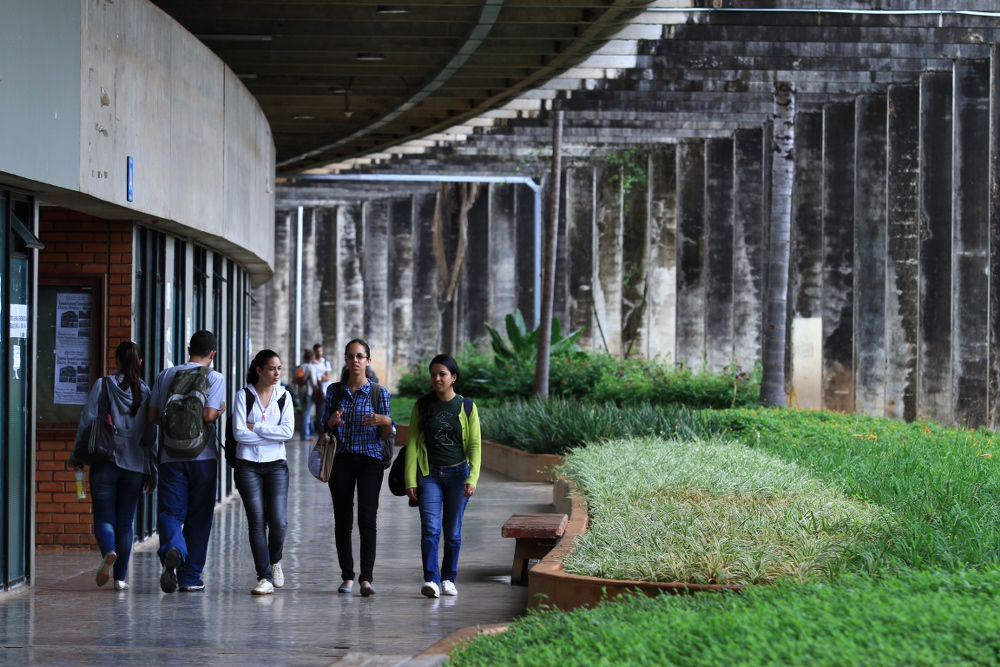Lecture series at the Universidade de Brasília on current research topics in Brazilian-German art of the post-war era.
September 18-19, 2017
Organized by Prof. Dr. Marcelo Mari
Session 1, Sept 18 – Art: Exhibition of Brazilian Artists at Haus der Kunst in Munich 1959
The session will shed light on the contexts in which Brazilian modern art from the 1940s and 1950s was presented and received in Western Germany by the example of the “Exhibition of Brazilian Artists” at Haus der Kunst. The exhibition is a phenomenon closely related to Germany’s participation at the Biennial of São Paulo and its efforts to be represented there on equal terms with the U.S., France, Italy, and the UK. It is not only a striking example of Brazil’s promotion of its cultural achievements in the field of contemporary art internationally, but also a demonstration of Germany’s newly awakened, mainly political interest in Brazil. In retrospect, the exhibition is also an apt example of how the West contextualized – or missed to contextualize – mainly abstract art from the “periphery”.
Session 2, Sept 19 – History: The Formation of Modernity within the Postwar Era
The work of German art historian Ludwig Grote is exemplary for the way in which cultural politics was influenced by the interaction between art historical work, people’s simple need to make ends meet during WWII, and the predominant promotion of certain artistic positions immediately after the War. Grote’s work must be seen in the context of recent counter-currents in the area of epistemology, trying to rethink the way history has been written in the past, with the main aim of re-establishing German and international avant-garde art in the 1950s. This lecture sheds light on the problematic relationship between the different archival layers accessible today and established Modernism, by looking at Grote’s efforts for internationalization, which can be traced back through his active involvement with art in and from Brazil.
Session 3, Sept 19 – Theory: Paradigms of Imitation: Alfredo Volpi and Giorgio Morandi, two Modern(s) at Close Sight
Revisions of modernity have been reevaluated as a “counter-epistemology” (Boaventura de Sousa Santos). In this context cultural comparisons and transfers as well as the entanglements of actors and the importance of perspectives are essential. This session will highlight the concept of a “horizontal” history of art in which the plurality of the fields of knowledge is correlated with the complexity of the subjective viewpoint. It is necessary to break up the “grand narratives” of Western modernity and their stereotyping of non-European art by embedding a position “at close sight” which gives special attention to transcultural potentials. In order to discuss such a “close sight”, the contribution will take up the paradigm of imitation of the European avant-garde by the Latin Americans and place the work of Brazilian artist Alfred Volpi (Lucca 1896 – São Paulo 1988) at its center. His work and his biography is suitable to be put into a context with Giorgio Morandi (Bologna 1890 – 1964), an artist much favored by Mario Pedrosa.
